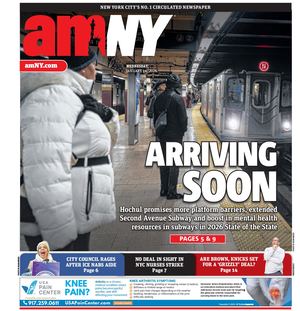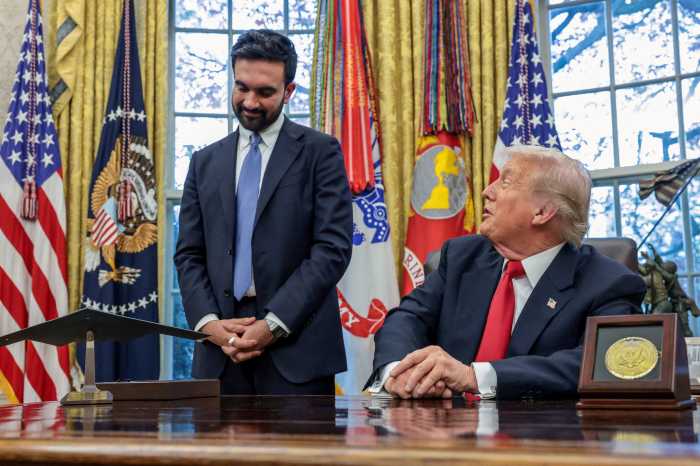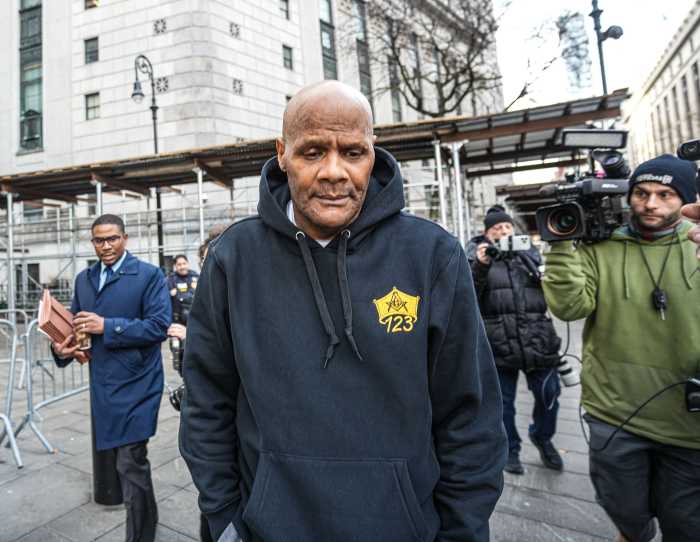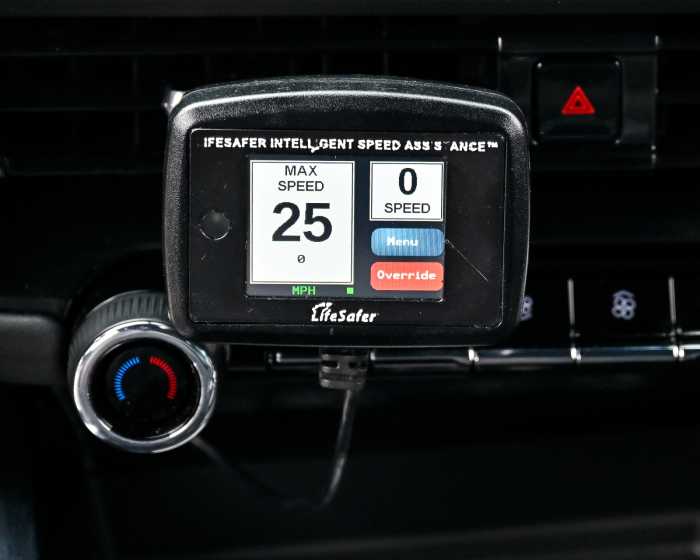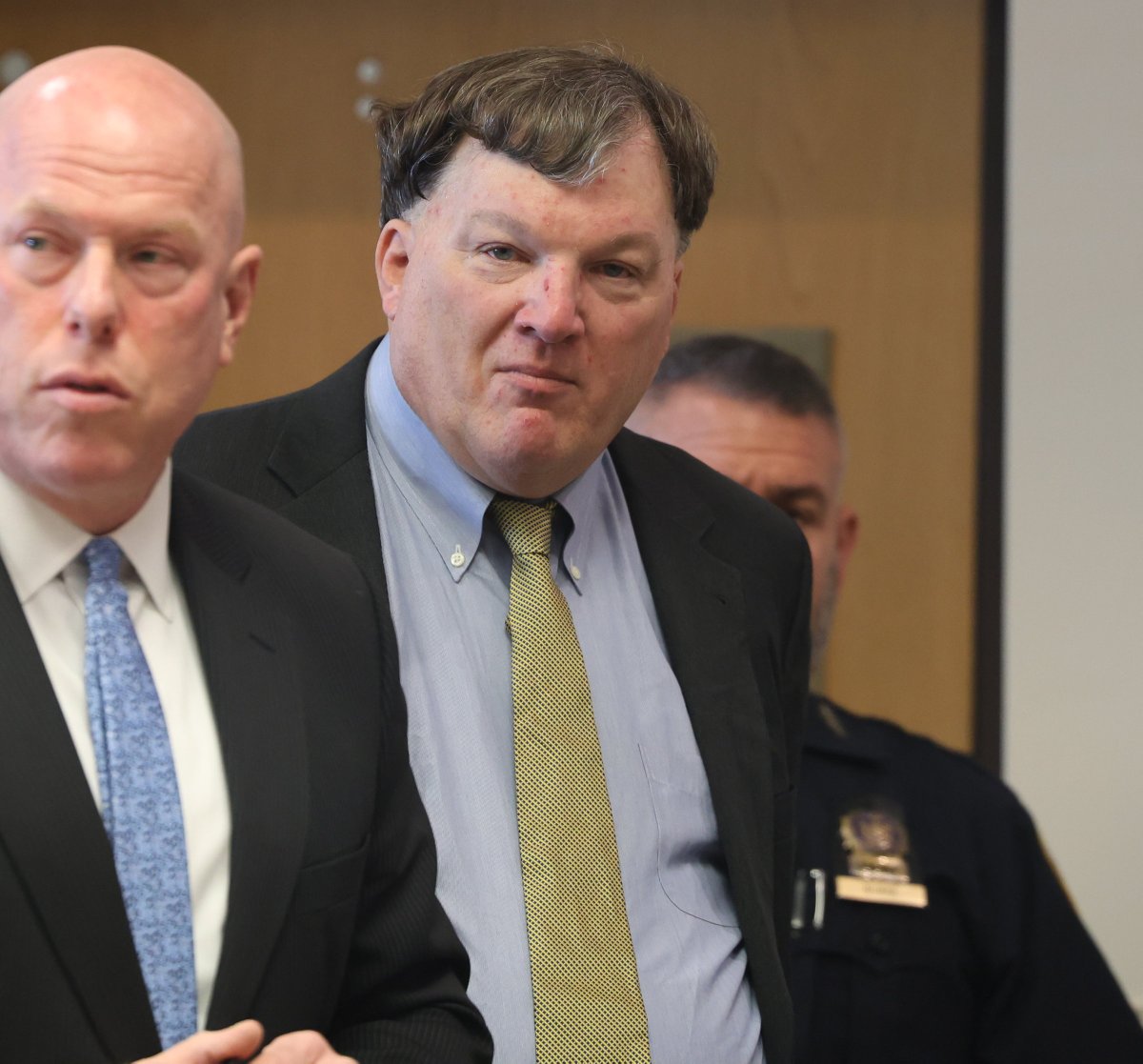With winter only a few weeks away, the City Council pushed the Department of Sanitation and other city agencies Thursday to come up with better solutions for handling unexpected snow in light of the Nov. 15 storm that crippled traffic throughout the city.
City Council Speaker Corey Johnson and other members criticized the agencies for failing to quickly respond to the severity of the storm that saw 6.4 inches in Central Park, making it the heaviest November snowfall on record since 1938, according to the Department of Sanitation. Johnson said it was unacceptable that plows didn’t get to the streets until late at night, and as a result several New Yorkers were stuck on the roads during the evening commute, including a group of schoolchildren who made it home in the early morning hours.
"This city cannot shut down for six inches of snow. We should prepare for the worst possible scenarios," Johnson said.
Sanitation Commissioner Kathryn Garcia who testified on behalf of her agency, the Department of Transportation, the Office of Emergency Management, NYPD, Parks Department and Department of Education, said she empathized with frustrated New Yorkers, but said the storm was an extraordinary situation. The forecast in the days leading up to the storm predicted zero to three inches of snow, but at 12:37 p.m., just a half an hour before the precipitation hit, the forecast called for two to five inches, according to Garcia.
By 3 p.m. sanitation salt spreaders had treated more than 56 percent of the city’s roads and the plows were deployed at 3:25 p.m.
Garcia said the numerous weather traffic accidents throughout the city — including a 20-car pileup on the George Washington Bridge — hindered the city’s street cleanup operations and snowballed into more problems on the road.
"A series of cascading events that affected the region made effective snow removal nearly impossible," she said.
When asked by the speaker to apologize to New Yorkers, Garcia declined to give a full mea culpa but admitted that the city didn’t do a good job communicating the severity of the storm. Earlier instructions for drivers could have made a difference during the evening commute, she said.
"The message we failed to give them is that, ‘We now want you to leave your car in the city, and take the train home,’" she said.
Garcia said the city’s agencies are reviewing their performances during the storm and will have a report sometime next week, and have already made immediate changes for future fall snowstorms. The Department of Sanitation will begin night plow operations earlier in November and increase staffing to pre-treat the roads before snow falls.
"It will give us an additional jump-start of weather events that turn to snow earlier or more aggressively than expected," she said.
DOT will further monitor roads that are prone to chronic icing and crashes during snowstorms, and DOE plans to improve communication with parents about school bus statuses.
Ursulina Ramirez, DOE’s chief operating officer, said the agency will encourage parents to use the Office of Pupil Transportation’s Twitter account to check on their children, and is looking to providing water on buses for emergencies.
"There were a lot of gaps with how bus companies were communicating with parents that we have to address," she said.
